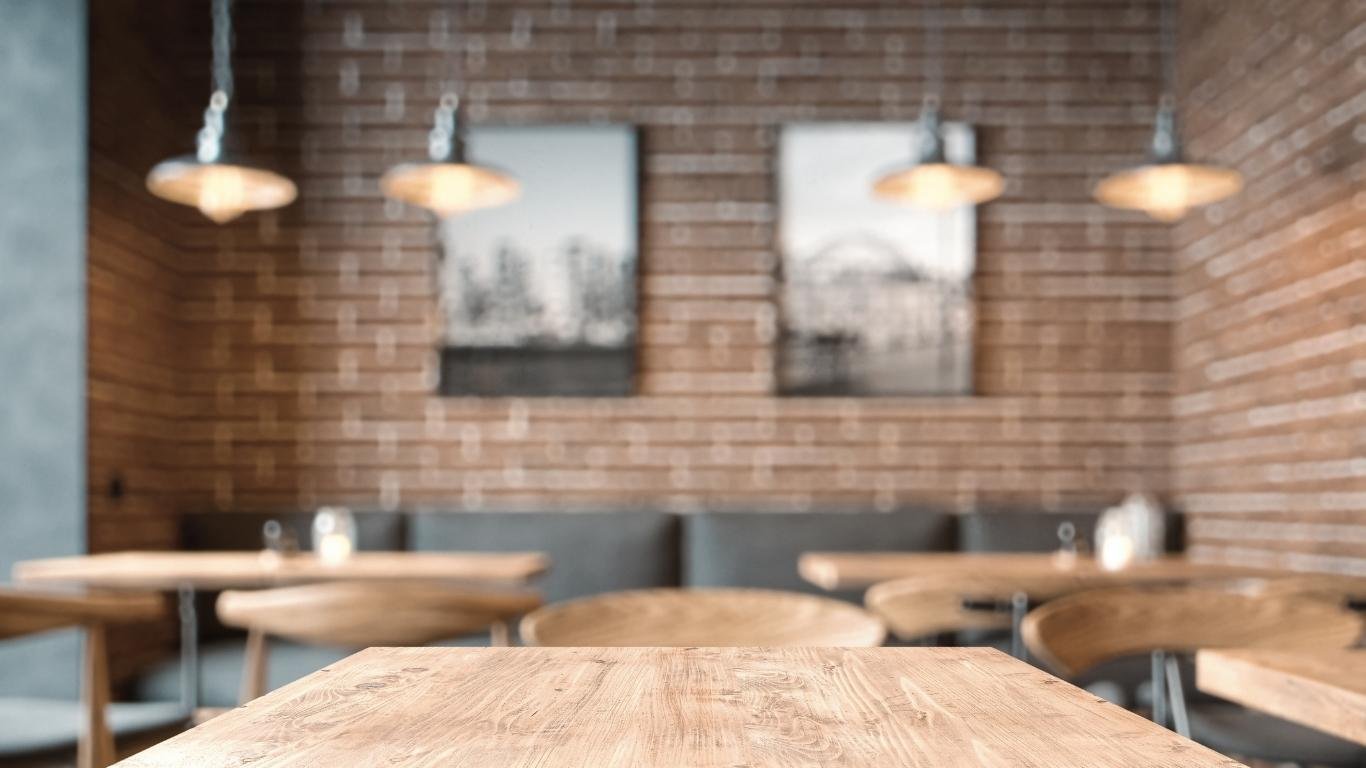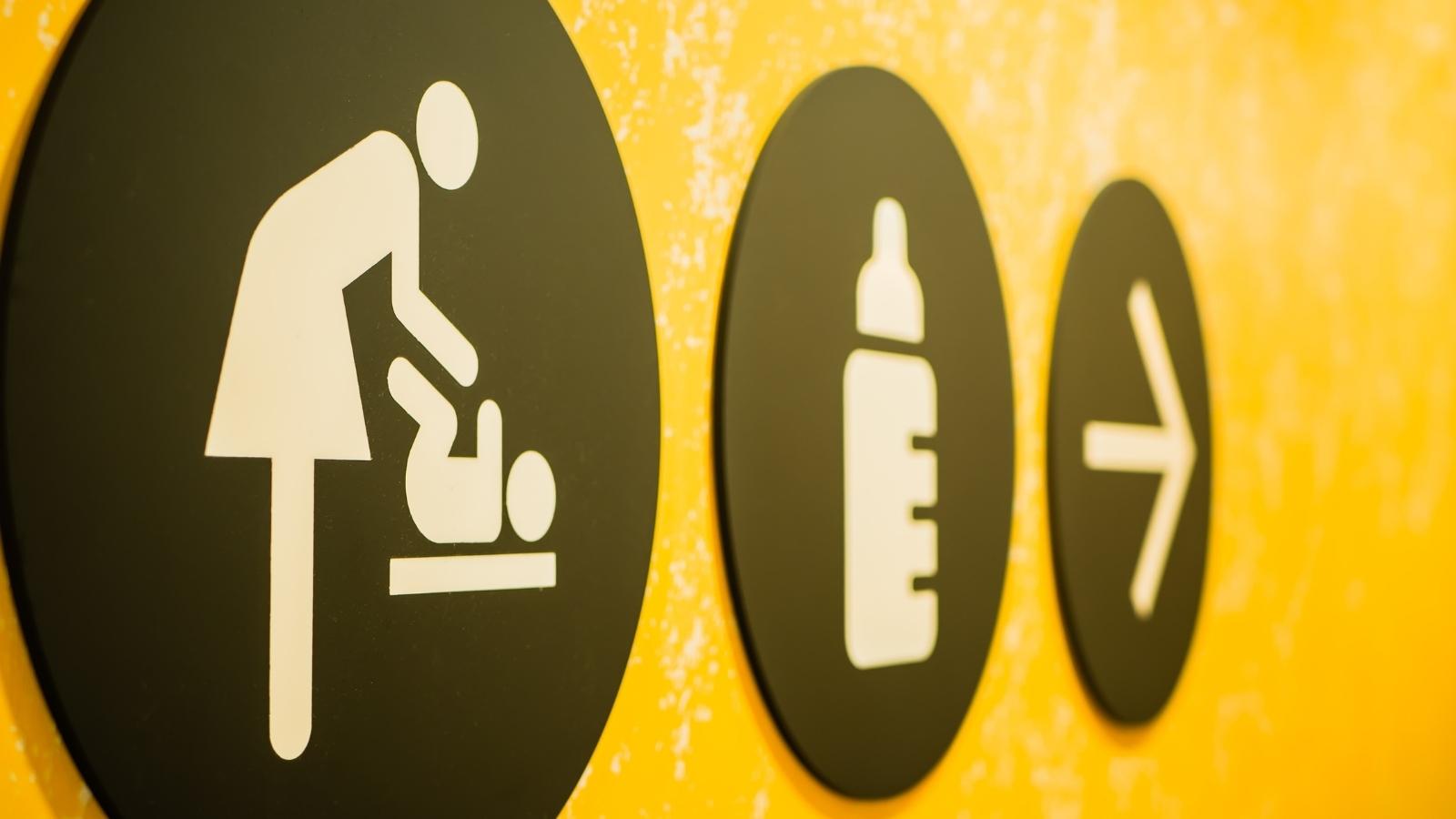The public can find courthouses to be an intimidating experience. Visitors to a courthouse are often there to support a family member, be a witness in a proceeding, or sometimes a plaintiff or defendant. They often need to spend a large portion of the day in the building, and amenities can help them feel more at ease. After all, courthouses are public buildings.
A courthouse design that includes spaces accommodating public needs benefits the public and serves a practical purpose. Providing these spaces in the courthouse can reduce security screening area traffic and workload for court security personnel, as visitors would be less likely to leave the building to, for example, grab a snack and then later re-enter the courthouse.
Public amenities to consider when performing court planning for space needs include the following:
Cafeteria, Café, or Vending Lounge
A courthouse can provide various levels of eating options to the public, depending on the size of the courthouse and how busy it is.
A full cafeteria is a great amenity in a large busy courthouse where visitors can get a hot or cold meal or take a break. The cafeteria can also benefit the courthouse staff by enabling them to eat in the building and keeping them close to court operations. However, a full cafeteria requires relatively large staffing and potentially an outside vendor for operations, so it may not always be feasible. Smaller options may be more practical in many court buildings.

Courthouse Cafe
One of those options would be a café-style eating area. Like Starbucks or similar cafés with lunch entre items, coffee. and pastries, with café tables and other more comfortable seating options. Add access to natural lighting to give visitors a place to relax, which might be a welcome amenity for someone who is required to spend their entire day in a courthouse.
A café like this would require less staff and space in the courthouse where real estate is a premium.
If a staffed cafeteria or café cannot be provided, consider vending machines (preferably including some healthy options) in your court facility. The vending area could include a lounge with more relaxed, comfortable seating and access to natural lighting.
In all cases, there should be a comfortable place to get food inside the courthouse to convenience the public and staff.
Mother's Room
A mother's room is one public amenity that is a must for a courthouse.
Depending on the exact mission of the room, a mother's room can also be called a lactation room or wellness room. Generally, such a room for public use in a courthouse would be for visiting mothers with infants who need to nurse and have a relaxing atmosphere in which to do so.
The room should be at least 8 feet by 8 feet. This will allow adequate space for the ADA-required wheelchair turning radius and still have space for specific amenities. A slightly narrow and longer room is also possible if there are limitations on the existing or available space for the mother's room.
The overall goal is to achieve sound privacy and create a relaxing atmosphere. The construction and choice of finishes can help do this. The walls and ceiling should be relatively soundproof (STC 45 or better) with walls that extend to the structure above, sound insulation in the wall cavity, and an acoustical tile ceiling.
Mother's Room Layout
The finishes and furnishings should be cheery and soothing, with carpeting, artwork, and a large, soft armchair with a side table. Provide a sink with a countertop, wall mirror, coat hook, and electrical outlets at the counter and on the wall near the chair for a breast pump. Lighting should be bright and even but not harsh. If possible, allow users to adjust the temperature to increase their comfort.
The door should also provide soundproofing in concert with the walls, ceiling, and finishes. Sound gaskets on the door jambs and a sound seal that automatically engages at the bottom of the door when it closes is a great idea. These features keep distracting noises out and the sounds of a potentially restless baby in.
The door hardware should include a lock with an occupancy indicator. We've all experienced the "door handle jiggle" when another person attempts to open the door of the public restroom we are using. It can be jarring. It's vital to the relaxing atmosphere of the room to have the occupancy indicator send a clear message that the room is in use.
The room can also meet the need for a workplace mother's room for staff members, which employers must provide for employees in many jurisdictions. If the room is also used for staff, a small refrigerator should be provided to store milk.
Family Restroom
Parents bringing their young or infant children to a courthouse need a restroom specifically designed for families.
A family restroom should have one or two toilets, a sink with a countertop, and a baby changing table. Stalls should be provided, even for one toilet.
The door to the restroom needs to be lockable so only one family can use it at a time. A large open trash receptacle should be provided instead of a waste paper slot to dispose of diapers and other larger items. ADA accessibility is a must.
The baby changing table is vital, so families with young children don't need to use a busy public restroom for diaper changes (even if the public restrooms are equipped with changing tables).
But a family restroom's value is not limited to diaper changing. Often a father with daughters, for example, can't use a traditional multi-stall public restroom. This is because his daughter is too young to go to the women's restroom unattended or is too old to use the men's room accompanied by her father. The same applies to mothers with young sons.
Similarly, the family restroom is useful for parents who don't want to leave their children unattended. This is why a toilet stall should be provided to give parents privacy if they are with their children.
Any parent can tell you another benefit of having a family restroom is that even their slightly older children often do not have the best bladder control. A child may be unable to wait for a stall to become available if the traditional public restroom is busy.
An idea similar to the family restroom is providing a special needs restroom. This restroom would be a unisex single-toilet restroom provided for older adults or other adults with special needs, such as a person living with an ostomy, who would feel more comfortable using a private restroom as they may require assistance. The family restroom could also be made available for this purpose.
Law Library
A law library can provide legal resources and computer and printer access. These amenities support the public and those seeking access to legal information, including self-represented litigants. Consider the community being served and include materials in several languages.
A conference room, either as part of the library or a multi-purpose room used for other functions, could house regular self-help clinics presented by community legal aid groups.
Granted, this amenity differs from the others because it isn't addressing the needs of the general population of visitors. Still, it fills a requirement that a segment of the public may seek from the court.
But remember that a shelf full of books is very heavy. If a law library is being planned for your courthouse, architects and engineers must consider the heavy structural loading and take measures to accommodate them.
Other Considerations
The above spaces should be proximate to spaces that visitors need to access, such as the probation/parole or pretrial office, clerk's office, and courtrooms. It is important to provide a direct path of travel within the public circulation and clear signage to these spaces.
It can be difficult enough for a courthouse to operate smoothly and run on schedule, even under the best circumstances. Suppose a participant in a proceeding gets stuck in line at the screening area after lunch, or a baby vocally lets their mother know (through no fault of their own) that they are hungry while waiting for documents in the clerk's office. In that case, it can make the already difficult job of administering a courthouse even harder.
Providing spaces where the public can meet a few of their basic daily needs can help courthouse staff, and visitors alike have a less stressful day.
_____________________________________________________________________________________________________





.jpg)
.jpg)
.jpg)
.jpg)
.jpg)
.jpg)


-1.jpg)
.jpg)
.jpg)

